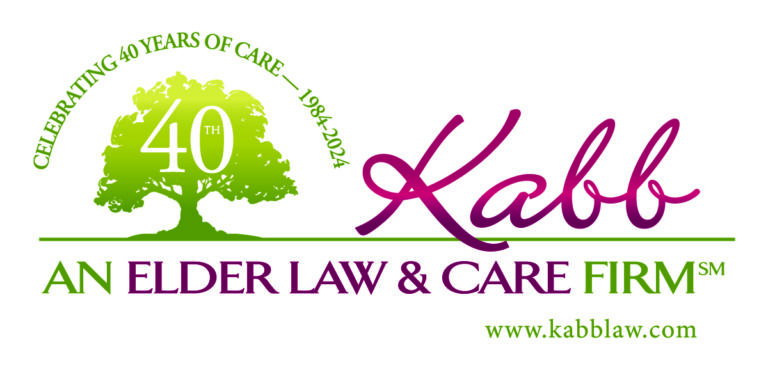By Susan Krupitzer & Beth Kamer
ElderCare Coordinators
Kabb Law Firm
As we break free from the confining weather of the winter, we have found that many clients have searched out different ways to keep life interesting and incorporate alternative therapies. We would like to share a few with you here in hopes you may be enlightened and find interest outside your current comfort zone.
The term Alternative Medicine means any form of medicine that is outside the mainstream of western medicine or conventional medicine as practiced by a majority of doctors today. This term is loosely used to cover all forms of medicine.
Alternative medicine exists in all cultures to some degree, and terms such as traditional medicine, indigenous medicine or folk medicine, etc. are used to describe such practices. These medicines date back hundreds or even thousands of years depending on the country and culture concerned.
There are more than 100 systems of alternative medicines still in practice all over the world. Every country, region or area has its own traditional system of health and medical care such as: the Chinese use acupuncture; the French use magnetic healing; for the Germans, it’s Heilpraxis; for the English, Herbalism; for India, Ayurveda with Siddha being widely practiced in the southern part of the country; and for Japan, Shiatsu.
The most common therapies in the U.S. are:
Chiropractic – views the spine as the backbone of human health: misalignments of the vertebrae caused by poor posture or trauma, cause pressure on the spinal nerve roots, leading to diminished function and illness. Through manipulation or adjustment of the spine, treatment seeks to analyze and correct these misalignments.
Counseling/Psychotherapy – This broad category covers a range of practitioners, from career counselors to psychotherapists who treat depression, stress, addiction, and emotional issues. Formats can vary from individual counseling to group therapy.
Acupuncture – Fine needles are inserted at specific points to stimulate, disperse, and regulate the flow of vital energy, and restore a healthy energy balance. In addition to pain relief, acupuncture is also used to improve well-being and treat acute, chronic, and degenerative conditions in children and adults.
Aromatherapy – Using “essential oils” distilled from plants, aromatherapy treats emotional disorders such as stress and anxiety as well as a wide range of other ailments. Oils are massaged into the skin in diluted form, inhaled, or placed in baths. Aromatherapy is often used in conjunction with massage therapy, acupuncture, reflexology, herbology, chiropractic, and other holistic treatments.
Massage Therapy – A general term for a range of therapeutic approaches with roots in both Eastern and Western cultures. It involves the practice of manipulating a person’s muscles and other soft tissue with the intent of improving a person’s well-being or health, and may include, but not be limited to, effleurage, deep tissue, percussion, vibration, and joint movement.
Reiki – Practitioners of this ancient Tibetan healing system use light hand placements to channel healing energies to the recipient. While practitioners may vary widely in technique and philosophy, Reiki is commonly used to treat emotional and mental distress as well as chronic and acute physical problems, and to assist the recipient in achieving spiritual focus and clarity.
Yoga Therapy – The use of yoga to address mental and physical problems while integrating body and mind.
Pet therapy – A broad term that includes animal-assisted therapy and other animal-assisted activities. Animal-assisted therapy is a growing field that uses dogs, horses or other animals to help people recover from or better cope with health problems, such as heart disease, cancer and mental health disorders. Animal-assisted activities, on the other hand, have a more general purpose, such as providing comfort and enjoyment for nursing home residents.
Art Therapy – A mental health profession in which clients, facilitated by the Art Therapist, use art media, the creative process, and the resulting artwork to explore their feelings, reconcile emotional conflicts, foster self-awareness, manage behavior and addictions, develop social skills, improve reality orientation, reduce anxiety, and increase self-esteem.
If you would like to receive any information or resources for these therapies, please contact The Kabb Law Firm. Resources: www.altmedword.net, www.arttherapy.org and www.mayoclinic.org
